
If you're curious about other cultures or live in a multicultural neighborhood, you probably heard of Hanukkah, the Jewish holiday that is celebrated around winter break right before Christmas. But have you heard of Kwanzaa? This is a unique modern holiday founded to commemorate African heritage, but truly, anyone can celebrate it!
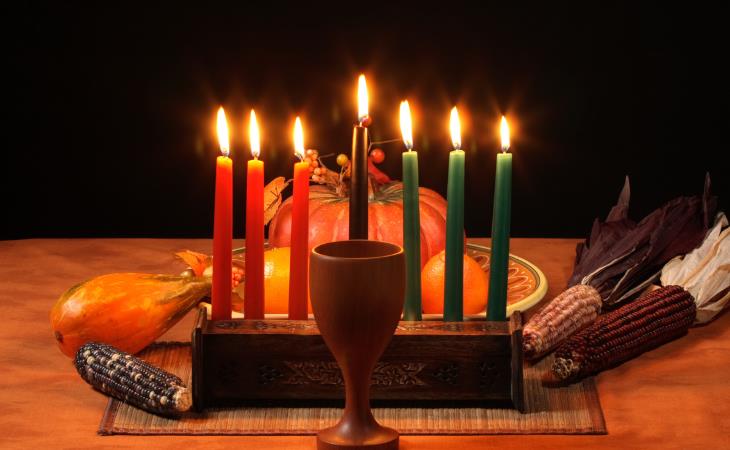
A non-religious, non-political holiday, Kwanzaa was established in 1966 by Dr. Maulana Karenga, chair of the department of Africana Studies at California State University, Long Beach.
After the Watts Riot of 1965, Karenga felt a need to connect Africans living outside of Africa to their heritage and culture. The riots, which were a "series of violent confrontations between Los Angeles police and residents of Watts and other predominantly African American neighborhoods of South-Central Los Angeles," (Source) made him realize that a united community is a healthy community. As you'll see, this is the core principle of Kwanzaa.
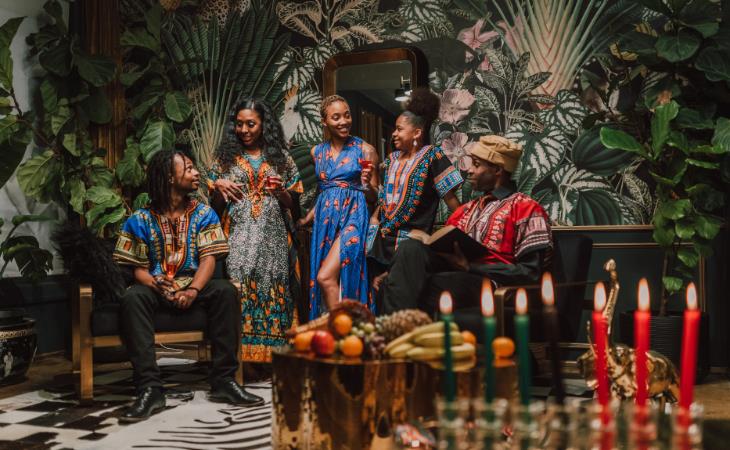
The holiday aims to commemorate the heritage of African American history and culture that was stripped away in the Slave Trade. It is based on tribal and agricultural African celebrations in ancient times, but it has no roots in history; this is a modern holiday.
In his 1997 book, "Kwanzaa: a Celebration of Family, Community, and Culture," Dr. Karenga clarifies why he established the holiday: "Kwanzaa was not created to give people an alternative to their own religion or religious holiday, but to reaffirm and restore our rootedness in African culture." This statement clearly suggests you can celebrate both Christmas and Kwanzaa - the two don't contradict!
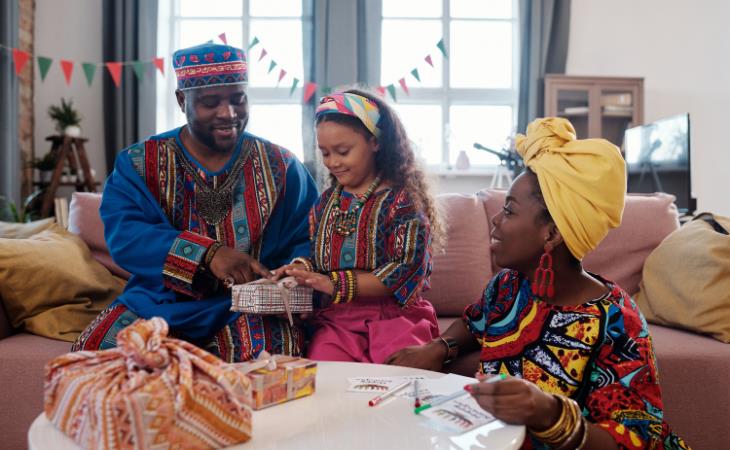
The word Kwanzaa comes from the Swahili phrase "matunda ya kwanza"- first fruits. Swahili is a Pan-African language, meaning it is not identified with a specific region or tribe. That makes it a fitting choice for a holiday meant for all Africans, of all nations, and all religions.
The additional A at the end of the Swahili word "Kwanzaa" makes it a 7-letter word. The number 7 carries a mystical and symbolic meaning in many religions and traditions, and Kwanzaa is no different. This holiday is celebrated for 7 days, one for each holiday principle: unity, self-determination, collective work, cooperative economics, purpose, creativity, and faith.
These principles are meant to uplift and strengthen a community and its individuals.
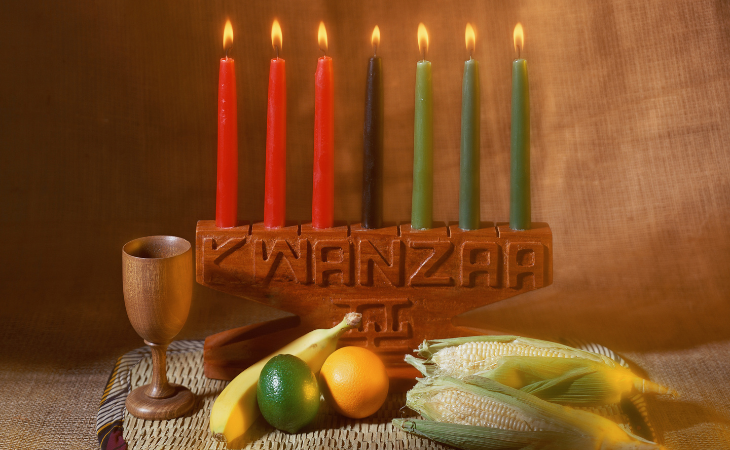
Kwanzaa is celebrated annually in the week between December 26th and January 1st. One of the most well-known symbols of Kwanzaa is the kinara, a candelabra for 7 candles. Each day celebrators light a candle on the kinara - a black one in the middle and then they alternate between red ones on the left and green ones on the right.
The colors hold a symbolic meaning: black represents the people, red stands for ancestral blood, and the green represents life.
The kinara is placed on a straw mat, along with other holiday symbols like corn and corn ears, which symbolize fertility.
Each day, after lighting the candles, there is a discussion about the day's holiday principle. Families' elders teach their children what these principles mean.
Traditionally, a big feast is held on the 31st of December, where it is customary to drink from the unity cup - a cup blessed by the family's elder and passed around for everyone to share a drink. This is a symbol of unity.
The last day of Kwanzaa is usually gift day. Gifts given on Kwanzaa are usually homemade to avoid the commercialization of the holiday. Each gift holds significant value since each hand-made gift is unique.
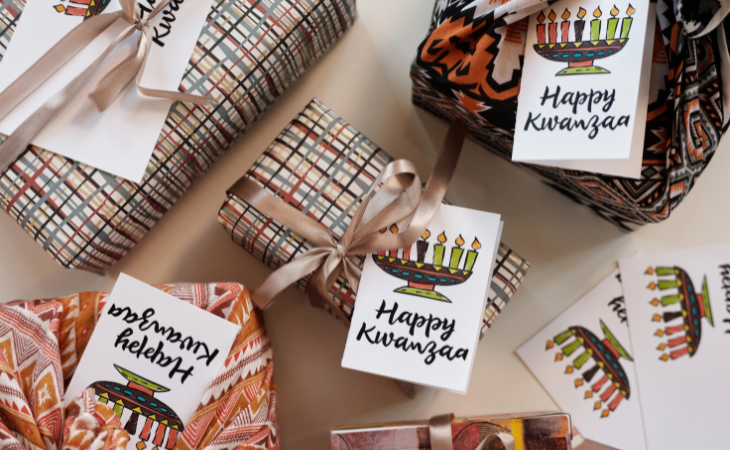
Kwanzaa, in a nutshell, is a cultural holiday meant to commemorate African heritage. It was founded in the mid-1960s and its goal is to strengthen the community.
Kwanzaa belongs to no religion and has no ancient roots. Celebrating it can go along with celebrating other religious winter holidays, such as Christmas and Hanukkah.
Kwanzaa was established by an African American who was born and raised in America. However, it is celebrated today by some in Africa as well.
Each day is dedicated to one of seven principles: unity, self-determination, collective work, cooperative economics, purpose, creativity, and faith.
Looking for more information? Check out this educational video: